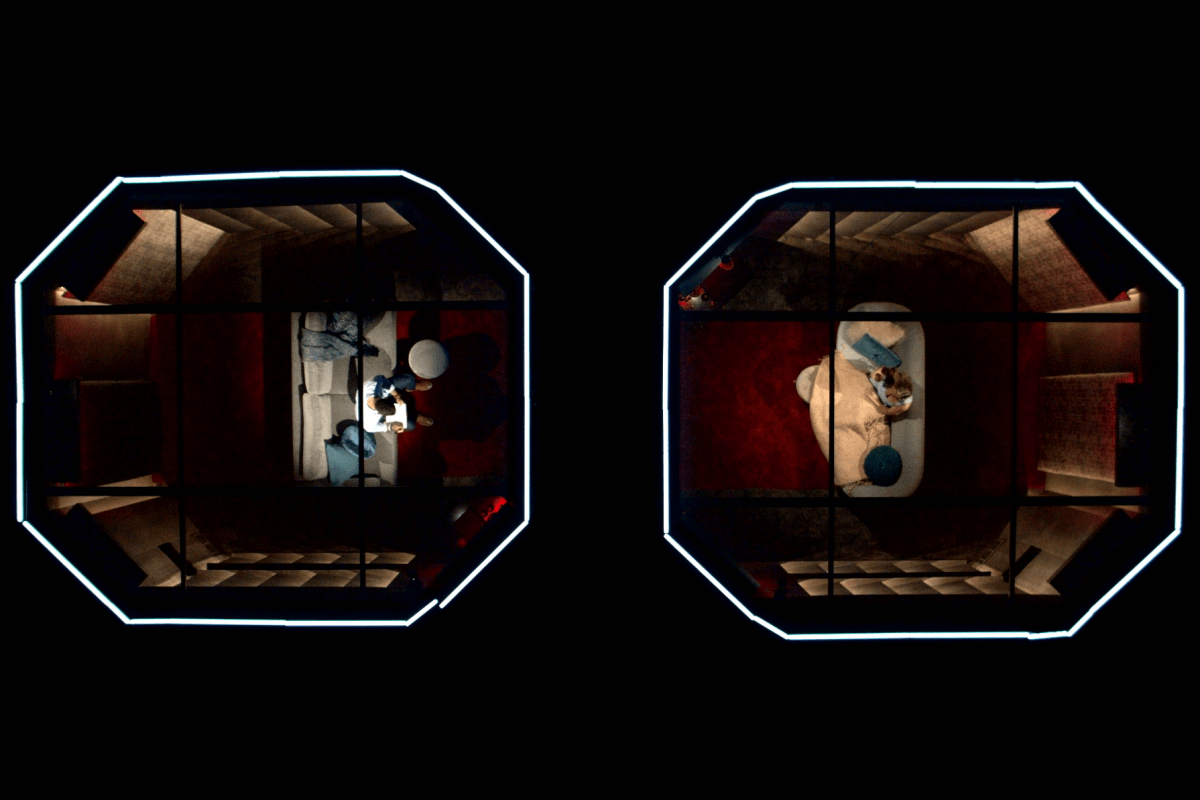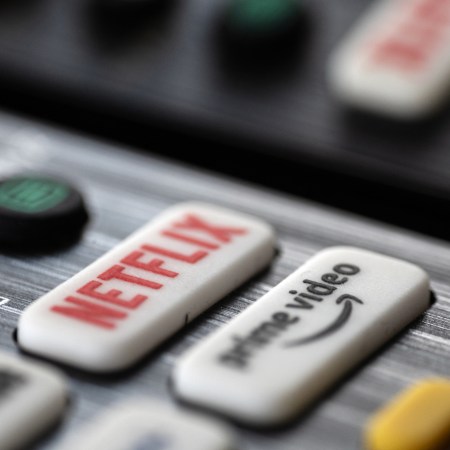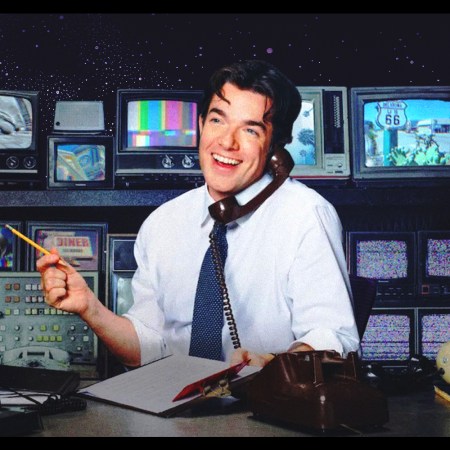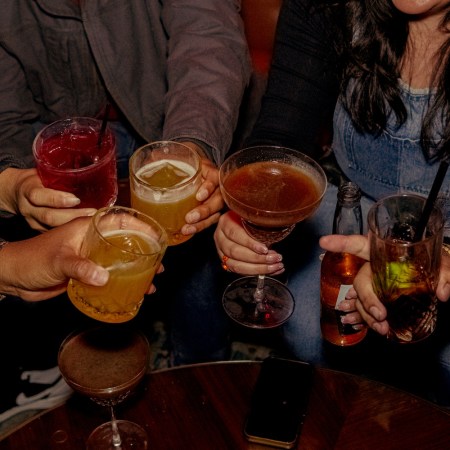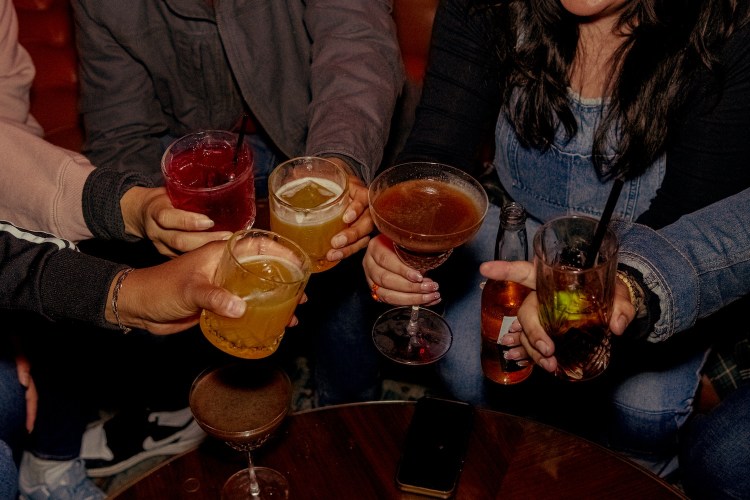One of my most firmly held old-person opinions — along with “people seated in the back should be allowed to board the airplane first” and “it’s totally fine to order hot soup in the middle of summer” — is that there are too many streaming services. With Apple TV Plus, Disney+, HBOMax and other new offerings joining more established options like Netflix, Hulu and Amazon Prime Video on what feels like a weekly basis, what started out as an alternative to cable TV has circled back around: with each service priced somewhere in the $10-$20 a month range, we’re inching dangerously close to a reality where in order to watch everything we want to, cord-cutters will have to spend roughly the equivalent of their old cable bills. It’s not hard to imagine a future in which some sort of deal is chiseled out where subscribers will be able to save a few bucks by buying a bundle of various streaming services, at which point we will have essentially re-invented cable television.
While competitors like Amazon and Hulu have shied away from its programming elders, Netflix has leaned in to its efforts to reinvent another cable-TV staple: the trashy reality series. The streaming service has enjoyed hits with more respectable reality fare like Nailed It!, its hilarious twist on the baking competition; Queer Eye, a revival of the Bravo makeover series that offers surprising insight into modern masculinity; and Cheer, a docuseries about a community college cheerleading squad that feels a little like a real-life version of Friday Night Lights. But recently, Netflix has turned its efforts to more of the mindless yet wholly addictive shows featuring mindless hunks and potentially life-ruining impulse decisions we’ve come to expect from cable networks like MTV or TLC.
The shift to trash began relatively slowly on Valentine’s Day last year, when Netflix released Dating Around. Each of its six episodes followed one romantic hopeful going on five blind dates and choosing one person at the end to go on a second date with. It wasn’t groundbreaking by any means —in fact, it’s essentially a classier version of MTV’s Next — but it was Netflix’s first foray into dating shows, and it checked plenty of boxes for fans of the genre. With such a short season, it was easily digestible, and it featured some memorable characters, like Gurki, who winds up choosing no one after a cringe-inducing date with some asshole who wouldn’t stop shaming her for being divorced. Another episode sparked conversation about what women often have to endure on first dates when Sarah, a recent New York transplant, got up and left in the middle of one of her dates after one man wouldn’t stop making uncomfortable dick jokes. (Example: after she orders a menu item called the Big Salad — an obvious Seinfeld reference — he responds, “That caught your attention. You like it big?”)
The show didn’t quite make the splash of subsequent efforts, but it was the first example of Netflix borrowing an established cable formula for a reality series, and it was successful enough that it was recently renewed for a second season. The streaming service’s next big trash-reality effort, The Circle, removed dating from the concept, offering a more original and modern take on the genre’s tropes. The show, which premiered on New Year’s Day, is based on a British series of the same name, and features 13 contestants each isolated in their own apartments communicating with each other exclusively through “The Circle,” a made-up social media platform in which players can post profiles and statuses, like each other’s photos and participate in group chats or private messages.
Part of what made The Circle so fascinating is that it was part traditional reality series (contestants are competing for a cash prize, and they vote off one player each week a la Big Brother or Survivor) and part social experiment. Each participant is presented with the option to play as themselves or pose as someone they’re not. We’re treated to both hilariously dumb moments like watching a guy who is posing as his girlfriend try to participate in “girl talk” about period cramps and fumble for something to contribute to the conversation before settling on “The only thing that happens is my left side starts to hurt really bad” and more heartbreaking moments, like watching a plus-sized woman explain she decided to play using the photos of a skinny woman because she knew she’d be accepted that way. It’s an intriguing commentary about the way we present ourselves online, but it too is rooted in a cable predecessor — it’s nothing we haven’t seen before on MTV’s Catfish.
The Circle also represents the beginning of a new roll-out strategy for Netflix’s reality content; besides being twice as long as Dating Around (with 12 episodes instead of just six), the show was promoted as a “three-week event,” with four episodes released each Wednesday. It’s a shrewd, best-of-both-worlds strategy that allows for the bingeing we’ve come to expect from streaming content as well as the word-of-mouth and the week-to-week anticipation that drives more traditional reality TV fandom. Will sweet, dorky Shubham be able to maintain a genuine friendship with party-bro-with-a-heart-of-gold Joey? Will everyone finally figure out that Rebecca is a catfish? Tune in next week to find out!
The streaming service employed the same strategy with its runaway hit Love Is Blind, which offers a high-stakes twist on The Circle. You’ve no doubt heard about its basic concept by now, but just in case you’ve been without internet or human contact for the past three weeks, a basic summary: a group of romantic hopefuls spend 10 days communicating in “pods” — essentially separate rooms with a wall that allows them to hear each other but not see each other. After talking through a wall for less than two weeks, they get engaged sight unseen. They then meet, go on vacation in Mexico, move in with each other and meet each other’s families, all over the course of 38 days. At the conclusion, each couple decides at the altar, in front of all their friends and family whether they want to go through with the marriage or part ways.
It’s truly mindless garbage, and it too is rooted in a similar cable series. It comes from the same production company as Married at First Sight, a show that began on the FYI network before moving to Lifetime in which couples who have been matched by “experts” (a relationship coach, a sociologist, etc.) meet for the first time at the altar and live for eight weeks as a married couple before deciding at the end of the season if they want to divorce or stay together forever. Love Is Blind takes that general concept, removes the expert guidance and allows its participants to make their own trainwreck decisions — which naturally makes for better TV — and adds a few elements of The Bachelor (there are lots of attractive, young women in evening gowns talking about how they’re terrified of becoming an old maid, and the Mexican resort they visit feels similar to the ABC show’s Fantasy Suites).
Like all the best car-wreck reality TV, it’s truly absurd, and yet it’s mesmerizing at the same time. Love Is Blind knows exactly what it is, and it never asks us to suspend our disbelief and pretend like the people we’re watching have truly found their soulmates by chatting through a wall over the course of a few days. There’s a sad desperation that the show’s not afraid to highlight, which almost makes it a weird meta-commentary on more traditional reality dating shows. Is marrying someone 38 days after you met them in a pod really that much crazier than The Bachelor contestants getting engaged after two months, during which the titular bachelor was also dating 24 other women?
In some ways, however, Love Is Blind still feels like a missed opportunity to break away from the reality-dating-show formula. Except for a few fleeting moments where we marvel at the novelty of hearing people mutter “Oh fuck” while standing at the altar, it doesn’t take advantage of the freedom that comes with being on Netflix instead of broadcast television. There are cast members whose storylines were cut entirely — including two more engagements we didn’t see — simply because producers wanted to focus on a smaller number of couples. And most glaringly, everyone on the show is conventionally attractive. If love is truly blind, why not throw in some non-hot people to test that theory?
Despite its shortcomings (or perhaps because of them), the show has wormed its way into zeitgeist. The two couples who wound up saying “I do” have been on a media blitz, appearing on Bravo’s Watch What Happens Live and just about every morning show there is to promote the reunion episode (which premieres today). It was even parodied in a recent Saturday Night Live sketch. In an era when so many different streaming options have splintered our viewing habits, the Netflix offering made it into the monoculture in a way that reverts back to the TV water-cooler moments of years past. We may still be a few years away from completely re-inventing cable, but with Netflix’s decision to embrace addictive trash, it feels like we’re closer than ever.
This article appeared in an InsideHook newsletter. Sign up for free to get more on travel, wellness, style, drinking, and culture.
